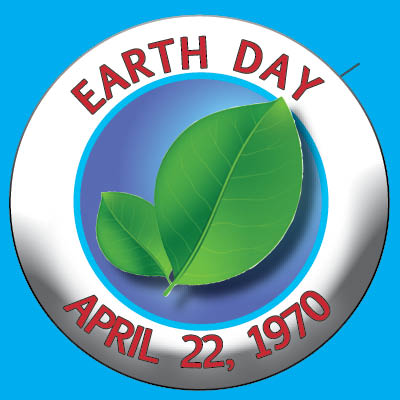
By Dan Greenberger, Chief Innovation Officer
On April 22, 1970, our environment officially received its own day. I was a high school senior in a small town in the middle of Nebraska. At that time and place, climate change wasn’t a thing yet. From my Great Plains vantage point, hurricanes looked like nuisances, not disasters. Gas was 36¢ a gallon, I was standing over one of the world’s largest underground aquafer, and fracking would have been considered just another obscene word.
For a handful of Nebraska high school students, there was
a different environmental focus on that first Earth Day. It was litter. So, early in the morning, we rounded up some trucks,
drove out to the highway and began picking up litter. This was student activism in small town Nebraska, and it felt good.
I think of that day as we celebrate Earth Day 48 years later.
- Today, hurricanes are increasingly devastating to lives and disastrous to economies worldwide.
- The Ogallala Aquifer is dangerously low, which could portend tough times for Nebraska and agricultural states throughout the Midwest.
- Fracking has caused Oklahoma to become prime earthquake country.
- Egregious littering has left the oceans riddled with plastic debris.
Because our arc of stewardship on this earth has not improved as quickly or as much as is needed, the stakes are growing ever higher—higher than in 1970.
That’s not to say, we haven’t improved our environmental behavior. Changes are being made.
- Reduce, reuse, recycle has not only become a mantra, but an economic driver.
- Fossil fuels are giving way to renewable energies like solar, hydro and wind power.
- Water is being used more efficiently and intelligently, particularly in areas susceptible to drought.
But, if we want to thrive on this earth, we must continue to find new ways to accelerate and expand our efforts to be responsible denizens.
This Earth Day, I’m proud to play a small part in an important expansion effort. Through ACE (Affordable Community Energy Services), a company my brother founded, we have been able to involve a heretofore underserved population in the sustainably movement. ACE provides nonprofit owners of multi-family low-income housing with the capital required for energy efficiency, water conservation and co-generation initiatives.
This means that low-income families can now live in more efficient and up-to-date facilities with less energy and water waste, reduced utility costs and more resilient building systems. ACE is helping to expand a sustainable lifestyle to an important population.
We’ve come a long way since my classmates and I picked up litter from the side of the road. We have a long way to go. I’m hoping that it’s companies like ACE and other environmental innovators who will continue to lead the way in keeping our planet livable.




Leave a Reply